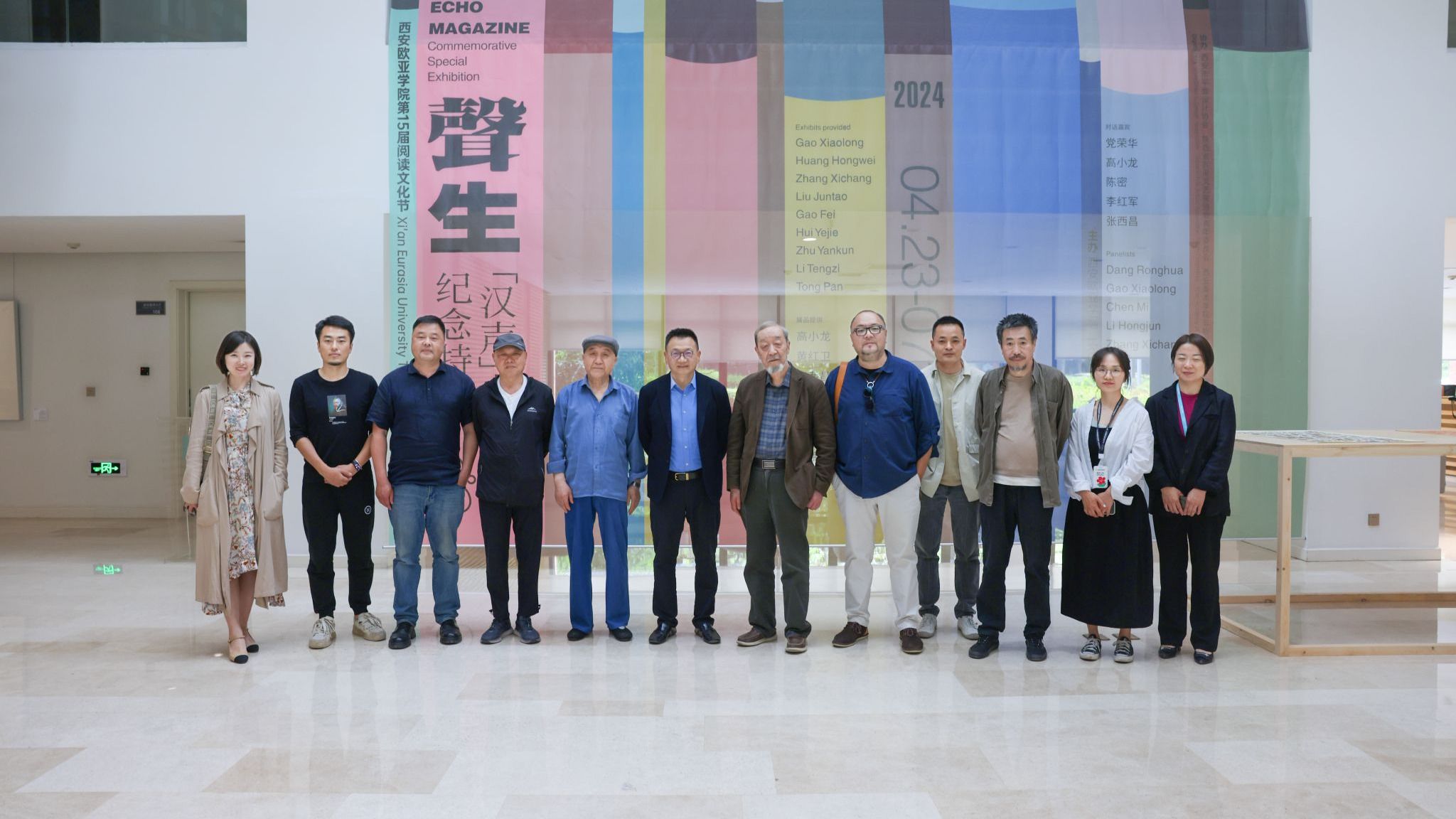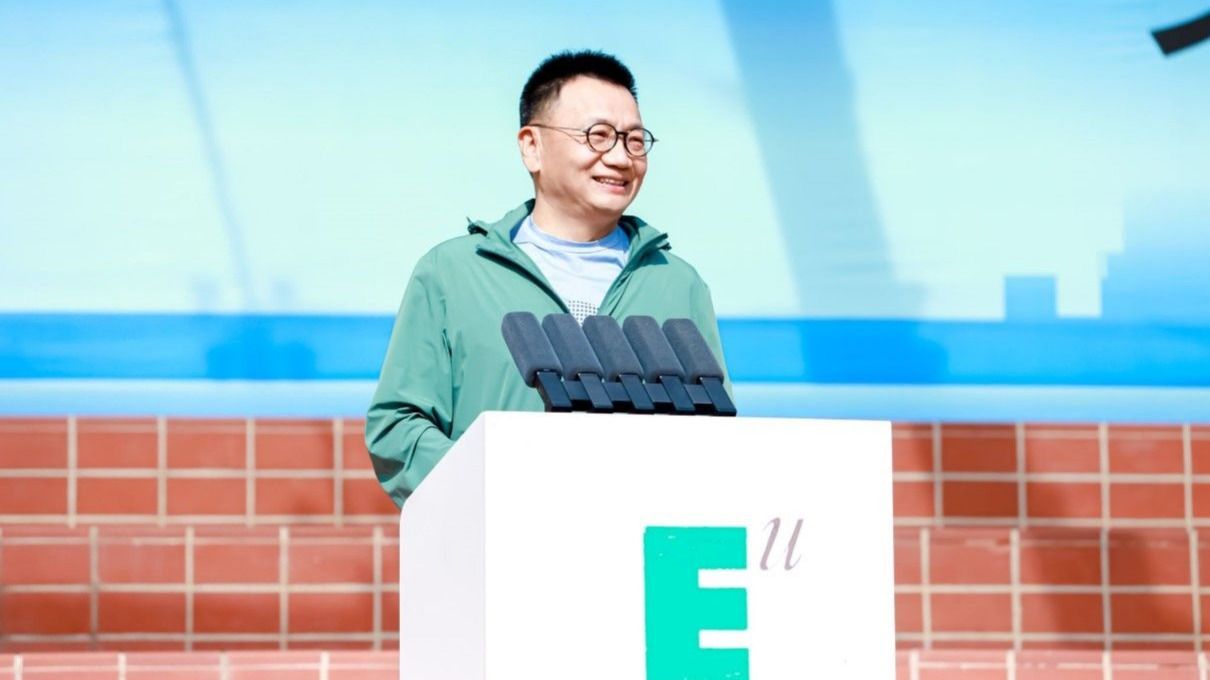The press conference on the history of Xi'an Eurasia University was held in Qujiang Bookstore on November 17. The new book titled Foster Your Unique Gifts and Talents—25 Years of Transformation and Development of Xi'an Eurasia University was officially launched on platforms such as Book.jd.com, Dangdang.com, and Xi'an Eurasia University's WeChat mini program. At the event site, through the two theme dialogues, Xi'an Eurasia University's footprint of transformation and development and its various visions for the future were showcased one by one.

The Book Titled "Foster Your Unique Gifts and Talents" Released
Recording the History of Xi'an Eurasia University
Taking You to Embark on a New Imagination Journey
Part 1 FOSTER YOUR
UNIQUE GIFTS AND TALENTS
"Foster Your Unique Gifts and Talents"
Three Guests Explore the Transformation Path of Xi'an Eurasia University Together
Hu Jianbo
Founder and Chairman
of Xi'an Eurasia University
The title "Foster Your Unique Gifts and Talents"
speaks the voice of Xi'an Eurasia University after 28 years
represents a brave pursuit of educational reform
and embodies a value proposition to be yourself.

Hu Jianbo: "Foster Your Unique Gifts and Talents" was the title of my speech at the 2017 graduation ceremony. When I was writing, this sentence came out suddenly. Later, everyone found it particularly touching. It was rated as the first in the top ten advertising slogans by a media that year, which was quite unexpected to me. However, people's love actually reflected the expectations of the whole society for education and the growth of children.
In fact, there are two titles for the history of Xi'an Eurasia University. One is "Encountering the Beauty of Education," and the other is "Foster Your Unique Gifts and Talents." The first one is very warm and sounds acceptable to everyone. We argued it over and over again, but I said that it should be "Foster Your Unique Gifts and Talents." Why? The whole society and everyone have expectations for education, which is to keep children from being overly competitive, so that everyone can learn to be themselves. Xi'an Eurasia University wants to fulfill everyone's dreams and expectations and wants to be such an educational reformer. The starting point of all the changes is to help "Foster Your Unique Gifts and Talents."
Besides, Xi'an Eurasia University is a school with its own personality. Our initial slogan was "Distinct and Pioneering," later, we proposed the school motto "Pluralitas in unitatem" (Unity in Diversity). Therefore, when choosing the book title, we held firm to "Foster Your Unique Gifts and Talents," which conveys the inner voice of our school's journey, a bold pursuit of educational reform, an affirmation of our own value propositions, and our attitude towards wanting to contribute to educational reforms in China.
Zhao Juming
Professor of the Institute of Educational Sciences
at Huazhong University of Science and Technology
Doctoral Supervisor
Senior Advisor of Xi'an Eurasia University
Every student,
and even aspects like educational reform and school management
should develop in their own unique way.
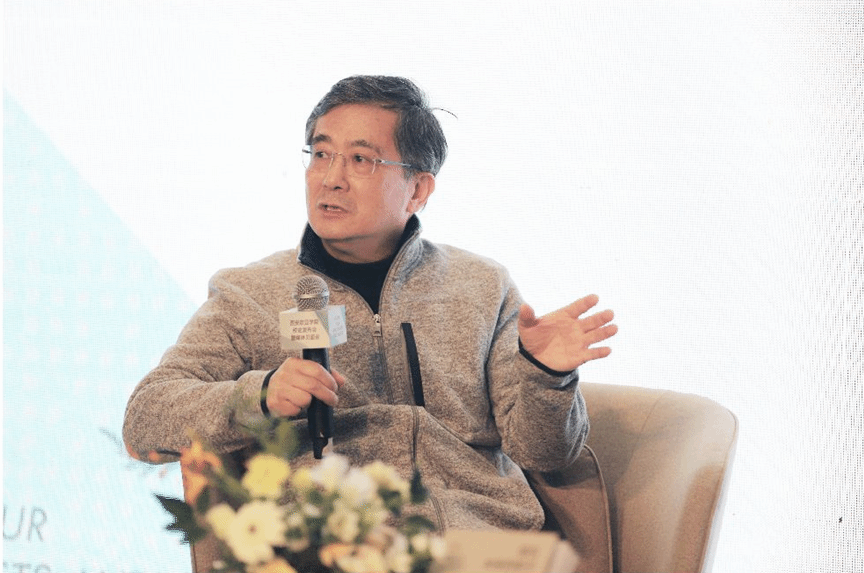
Zhao Juming: I like the title very much. It's a good book title. I have been working at Xi'an Eurasia University since 2004, almost 20 years now, and I've had the fortune to participate in the university's reforms. I believe that a school should let students grow in their own way. The most important aspect of Xi'an Eurasia University is to grow according to one's own nature. This applies not just to educational reform and school management but also to President Hu, who has always grown in his own unique way, with a consistent sense of purpose and sentiment.
My research on "student-centered" education originated at Xi'an Eurasia University around 2004. We say that "student-centricity" is the integration of school running, and this reform—starting from its inception—will eventually spread to the entire school. With students as the center, teachers' teaching behaviors must change. If the teaching model changes, the school's teaching management will definitely change. Changes will follow in other administrative systems as well, culminating in the overall school culture. This involves going through five layers of reform: instructional modalities, teaching management, allocation of teaching resources, organization of teaching activities, and school cultural settings. It is precisely because of such comprehensive reforms that success in this area is rare even in the United States. Although the trend in American undergraduate teaching is indeed student-centered, it is very difficult to implement. This is because it requires widespread adoption by the entire teaching faculty, and the school's initiative is crucial.
As for "student-centered" reforms in China, Xi'an Eurasia University has been particularly successful. This is because the university established it as a core idea as early as 2006 and then successfully implemented organizational reforms through the "4+4+2 Strategy", which brought about good opportunities. I went to the teaching building of Xi'an Eurasia University today and found that there were many changes, which is good because the essence of teaching reform is that every classroom must experience change. It's only with a change in the classroom teaching mode that progress can be made. Does this mean that Xi'an Eurasia University has completed its "student-centered" reform? Not yet. Some teachers still need to improve, but the seed has been planted, and I believe the future is very bright. Regarding the future of Xi'an Eurasia University, I would like to emphasize one word—"Persistence." Persist in being yourself. For teachers, persist in fairness in teaching, and for educators, stick with your initial aspirations.
Pan Dongyan
veteran in business management publishing,
author of The Tencent Way and
Foster Your Unique Gifts and Talents, among other works.
Clear structure and rules,
a steady pace,
these are the underlying tones of Xi'an Eurasia University's path of transformation.
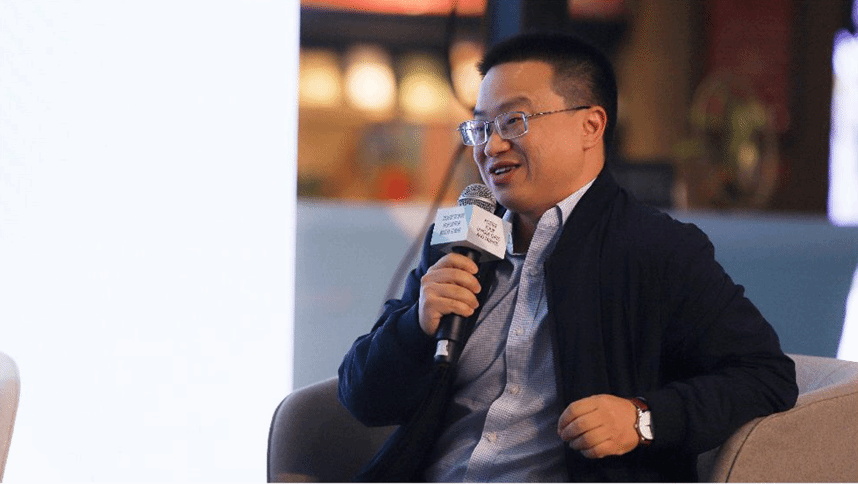
Pan Dongyan: When we talk about change, there are three universal characteristics. First, change is a low-frequency event that does not happen often. Second, it is an inevitable occurrence for any enterprise that aims to grow, to become stronger, better, and more enduring. Third, the success rate of organizational change is very low. While many success stories may be visible, the reality is that success in this context is quite rare. What are the traits of enterprises that need to change? One is that the enterprise must have experienced success. Secondly, it should have a history of more than 10 years. It is very difficult for such enterprises to change when they need to, so leaders face significant challenges when leading the organization through transformation.
We once analyzed ten enterprise cases that had gone through transformation and had achieved relative success. After a cross-comparison of these ten enterprises, we found that Xi'an Eurasia University's transformation has two characteristics that other enterprises lack. First, Xi'an Eurasia University's transformation is rhythmic, contextualized, clear in structure, and complete in story. We believe that Xi'an Eurasia University's path of transformation can be studied and used for reference. Second, Xi'an Eurasia University's whole transformation team is homegrown, which contributes to a stronger sense of cohesion, identification, and belonging throughout the organization. This is a quality that other enterprises do not possess. Every enterprise must choose the method of change best suited for itself, and Xi'an Eurasia University has achieved this.
From my observation, what practical significance does Xi'an Eurasia University's development path hold for the higher education sector? I think it has paved an innovative path for many private higher education institutions. When we started working on this book, we saw that for over twenty years, Xi'an Eurasia University was like crossing the river by feeling the stones—it had no benchmarking object. Yet now we can see that its path has become clear, with notable outcomes and a promising future. For newcomers and other private universities, and even some public universities facing difficulties, when making decisions, they might now have one more option to consider—the innovative university development path pioneered by Xi'an Eurasia University.
Hu Jianbo
Founder and Chairman
of Xi'an Eurasia University
Vision, mission, and core values
lead the transformation and development of Xi'an Eurasia University
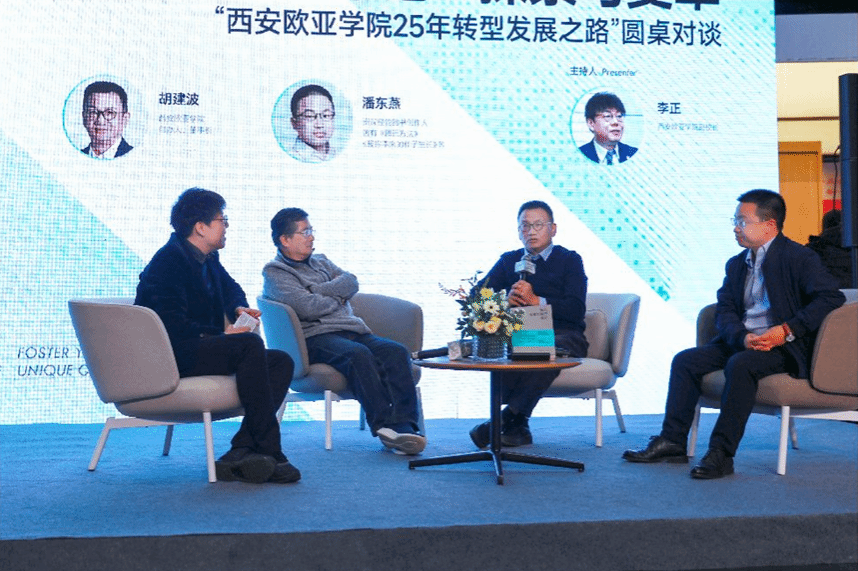
Hu Jianbo: Every transformation and development of Xi'an Eurasia University is not change for the sake of change. It has been accompanied by a group of scholars and experts such as Professor Zhao Juming and Mr. Dang Cheng. When I first met Professor Zhao, he had returned to China from Canada and began researching innovative universities. From then on, I felt that the innovative university might just be what Xi'an Eurasia University is meant to be. Later, Professor Zhao conducted specific research on school strategic management and helped Xi'an Eurasia University with early strategic planning. I happened to be studying at the China Europe International Business School at the time. With the knowledge I gained there, we took the opportunity to hire a consulting firm to make plans for Xi'an Eurasia University. As we proceeded, our understanding evolved, and now we also provide consulting services to many other universities.
Every step of Xi'an Eurasia University in moving forward and upgrading its organizational culture and management has been the result of learning, drawing lessons, innovating, and expert guidance. The beautiful campus and exquisite architecture that everyone sees here are the creations of renowned design teams from Tsinghua University, France, Australia, and more, with the oversight of Mr. Dang Cheng and other members of our Culture Committee. The journey of innovative transformation at Xi'an Eurasia University is underpinned by the core philosophy of being "student-centered," led by our mission "to provide high-quality educational services to students," and by our vision "to become the most respected private university in China." With core values like "responsibility, innovation, partnership, usefulness," and other guiding principles, Xi'an Eurasia University continues to learn and grow. Its transformation is a process of tenacious practice and continuous metamorphosis. Pessimists might be right, but optimists succeed. Xi'an Eurasia University holds grander visions for the future, and having undergone organizational transformations, we have laid a solid foundation. The future will be even better, and we are confident of that.
Part 2 FOSTER YOUR
UNIQUE GIFTS AND TALENTS
Culture, Aesthetic Education, Creation
Inspiring Imagination, Empowering the Future
Hu Jianbo
Founder and Chairman
of Xi'an Eurasia University
Build the most beautiful university,
contribute a new cultural landscape to Xi'an.

Hu Jianbo: When I founded Xi'an Eurasia University, I was also considering how I could truly contribute to society. Therefore, on the one hand, there are student-centered education and teaching reforms to provide high-quality educational services for students; on the other hand, we embraced open school management, continuously contributing to the surrounding area and city development. Hence, when I began gradually renovating the campus, I naturally had the idea of creating new cultural landscapes for Xi'an and building the most beautiful campus in the city. This concept later led us to invite design teams from Ningbo Design Institute and Tsinghua University to work on our teaching buildings and the library. Currently, our campus has a series of space renovation projects progressively being completed by French designers, and the Student Service Center in the west district, designed by an Australian team, has been topped out. After more than 20 years, to this day, I can say with great satisfaction that we have contributed beautiful cultural landscapes to the city, and in the future, Xi'an Eurasia University will offer even more to Xi'an.
Dang Sheng
Curator of the Museum of Design
of Xi'an Eurasia University
In a campus fostered by a visionary educational philosophy,
the Museum of Design (MOD)
will have an even broader social and cultural significance.

Dang Sheng: President Hu has always credited me for the proposal of the MOD, which, in truth, I hardly dare to claim. I believe that the establishment of this museum is primarily based on a shared understanding with President Hu—that a university should operate a museum, and Xi'an Eurasia University, in particular, should have one. Initially, the idea of building a design museum was simple, but its significance gradually became apparent after its inception. At the opening ceremony at the end of 2018, I said something to the effect that design in China used to be understood as practical art or decoration. It was simply regarded as a means of product beautification or marketing and promotion. I think this is not the case with the modern concept of design, which should be about integrating scientific and technological advancements with socioeconomic, engineering, and aesthetic elements, transforming them into products that serve people. It is such a creative work that is closely related to our daily lives.
Mr. Cai Yuanpei long ago proposed to replace religion with aesthetic education, but how is aesthetic education to be implemented? I believe aesthetic education is not merely about preaching theory but more about the aesthetic experience, using design work as a medium. I think the significance of the MOD is not only in its initial consideration. It will have a broader social and cultural significance. If the museum was just a prototype in 2018, today I can confidently say that it has begun to take shape. Although the exhibition of modern design is not yet rich in collections, and there are still some links missing, the exhibition lines with industrial products, furniture, books and periodicals, posters, and graphic design as the primary content have been constructed, along with a consideration of chronology and national narrative. I am grateful because only on the campus of a school like Xi'an Eurasia University, with such a visionary school-running concept, can such a museum become a reality.
Hu Jianbo
Founder and Chairman
of Xi'an Eurasia University
A beautiful idea can set off a series of creations.

Hu Jianbo: I'd like to add one more thing and remind everyone of a conversation I had with Mr. Dang about the MOD. About five years ago, I was having a leisurely chat with Teacher Dang, Mr. Song Qun, and Mr. Su Zhongqiu, and I brought up an old street of homestays I had visited in Canada. This street had been recreated to represent the Canadian culture of the 1960s and 1970s, complete with auto repair shops, sweets shops, banks, post offices, etc., and they were still operational. What impressed me most at that time was that when I accidentally walked into a post office, the environment and space almost perfectly resembled the ones I remembered from my childhood in Xi'an. After sharing this story, I expressed my interest in recreating a cultural old street at Xi'an Eurasia University to preserve the memory of Xi'an. However, Mr. Dang suggested that rather than replicating an old street, building a design museum would be of greater artistic value for the university.
The main issue for establishing the design museum back then was finding a space for it. I had to repurpose a portion of the library for this project. Xi'an Eurasia University Library itself was already not large, only around 17,000 square meters. We later integrated library elements into the common areas of student dorms, lounges, and teaching buildings, inadvertently creating what would become a signature feature of Eurasia—the informal learning space filled with over 6,000 seats for students to study and interact, something that had exceeded my expectations. So, I firmly believe that a beautiful idea can propel a series of creations, and even with imagination, the process of doing it can transcend your original vision.
Dang Sheng
Curator of the Museum of Design
of Xi'an Eurasia University
In a campus fostered by a visionary educational philosophy,
the Museum of Design (MOD)
will have an even broader social and cultural significance.

Dang Sheng: I would also like to share my thoughts. Like President Hu, I have a fondness for nostalgia, but I hold a slightly different understanding of cultural construction that may not necessarily be correct. I think tradition is both a relatively stable and static structure and a dynamic process in flux. Each era has its own culture. As time passes, some aspects inevitably become history. While we can reminisce and study these as cultural phenomena of their time, it is more important to look forward.
The MOD represents a forward-looking process. That's why I proposed using the evolution of Chinese characters as the primary narrative for the China exhibit. Today, we can see drastic changes in all aspects of Chinese life except perhaps in the culinary field. Even though we occasionally eat Western or Japanese cuisine, our daily diet remains largely Chinese. However, traditional dress, living spaces, and transportation have been completely transformed. We no longer wear robes or ride in horse-drawn carriages, and even taking a slow train is a minority choice when high-speed rail is available.
Times change, and it's vital to discern which elements of our heritage still connect us to our predecessors. In my opinion, the Chinese language and characters are one such element. Despite some radical claims during the New Culture Movement that Chinese characters were difficult to read and write and a major reason for the widespread illiteracy at the time, today we still speak Mandarin and use Chinese characters. Sometimes, when I type on the computer, I have an extraordinary feeling seeing the characters on the screen have barely altered form since the appearance of the clerical script. In terms of character shape, they are almost identical to the typeface in Ming Dynasty woodblock printing. While we now use modern tools and mediums, there's an unchanging essence that has been passed down for a millennium. I think in appreciating cultural traditions, one should recognize both their enduring core and the evolving nature of culture. It is our responsibility to create the culture of today.
Chen Yang
Executive Dean of School of the School of Humanities and Education
of Xi'an Eurasia University
The cultural spirit of Xi'an Eurasia University
is embedded in the growth of the School of Humanities and Education
and in every student.
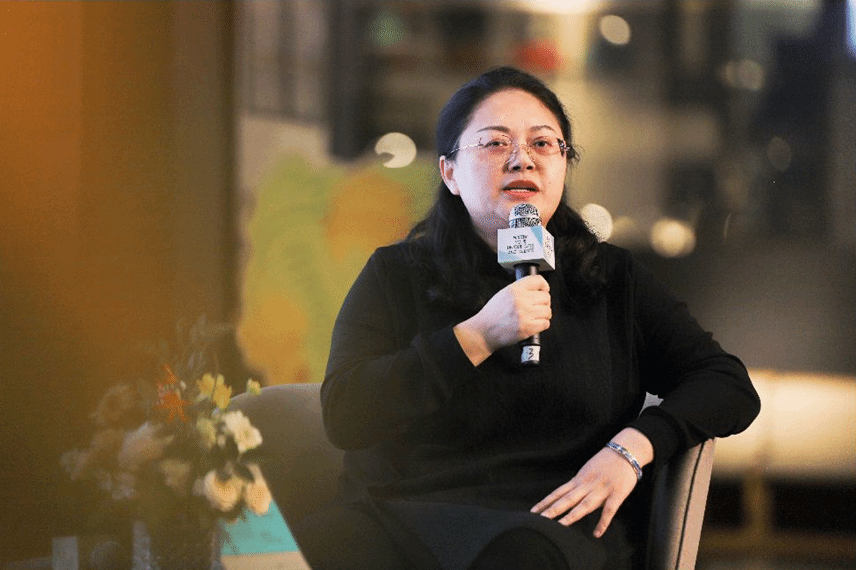
Chen Yang: Sitting here today, I feel an immense sense of happiness and inheritance of energy. The topic of our dialogue is "Culture and Empowerment," and in truth, I have always been empowered by the culture of Xi'an Eurasia University. So, how did such a culture come about? It might have something to do with the MOD. I am a layman in front of Professor Dang, but I'll share my own thoughts about design.
I think a good design has three particularly important qualities: truth, goodness, and beauty. The first thing that distinguishes a good design from ordinary works of art is its "truth." It must have a real function, born from a genuine awareness and fulfilling people's needs; "goodness" is about not only recognizing needs but even exceeding them, offering deeper care, and conveying the designer's own ideas; "beauty" means including aesthetic design elements. The whole process of "truth, goodness, and beauty," from perceiving the needs of others, actively contributing value, offering quiet support, to ultimately becoming a work that endures through time, is not only applied to the creation of a design piece; it's also embedded in the growth process of an organization.
The School of Humanities and Education was officially established in 2015, and now it is about 8 or 9 years old. In such a short time, we have come to be known in the field of childhood education; the top kindergartens in the country and well-known elementary schools within the province now have our alums among their ranks. The key to our rapid development in such a short period has been the cultural spirit of Xi'an Eurasia University. Students are not only seeking a profession but also actively recognizing the needs of every life, providing care, giving their best support, and constantly pursuing innovation, using a new perspective to help and support all children. We measure the growth of every child in this way so that we can stand out quickly without any burden. It is under this cultural backdrop of Xi'an Eurasia University that our rapid development has been made possible. At first, I wasn't quite sure what qualified me to sit alongside two professors, but at this moment, I feel incredibly proud.
Hu Jianbo
Founder and Chairman
of Xi'an Eurasia University
We need to have imagination for the future.
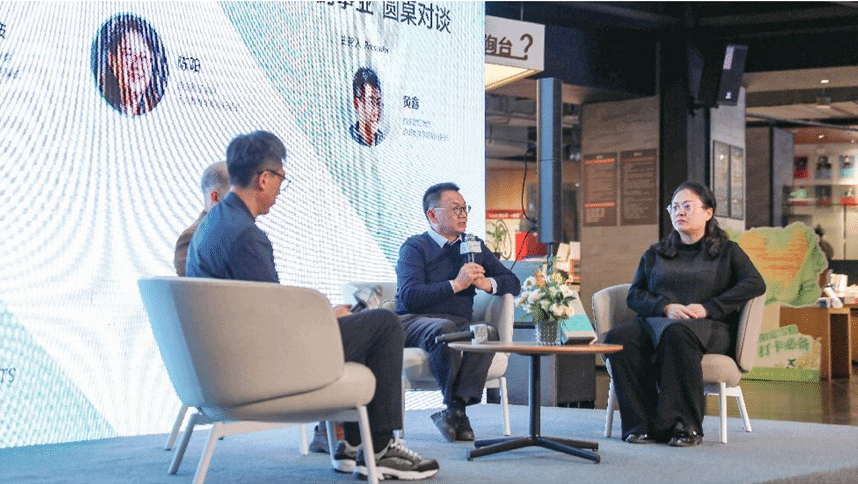
Hu Jianbo: The aspect that the School of Humanities and Education exhibits today, I believe touches and stuns every visiting guest, for it is truly beautiful. The beauty that I see is particularly due to the dedication of those who contributed, among them, Chen Yang holds significant importance. I remember when the school started building the South Teaching Block, I told Chen Yang that the School of Humanities and Education could be located there. The South Teaching Block is surrounded by gardens with beautiful scenic views. However, Chen Yang refused. She said that although the building was new, there was no additional space around it. Instead, she saw potential in the old North E Building, which had yet to be renovated. It had empty spaces for a small theater, the basement could be used for workshops, and the foyer could allow for creative utilization.
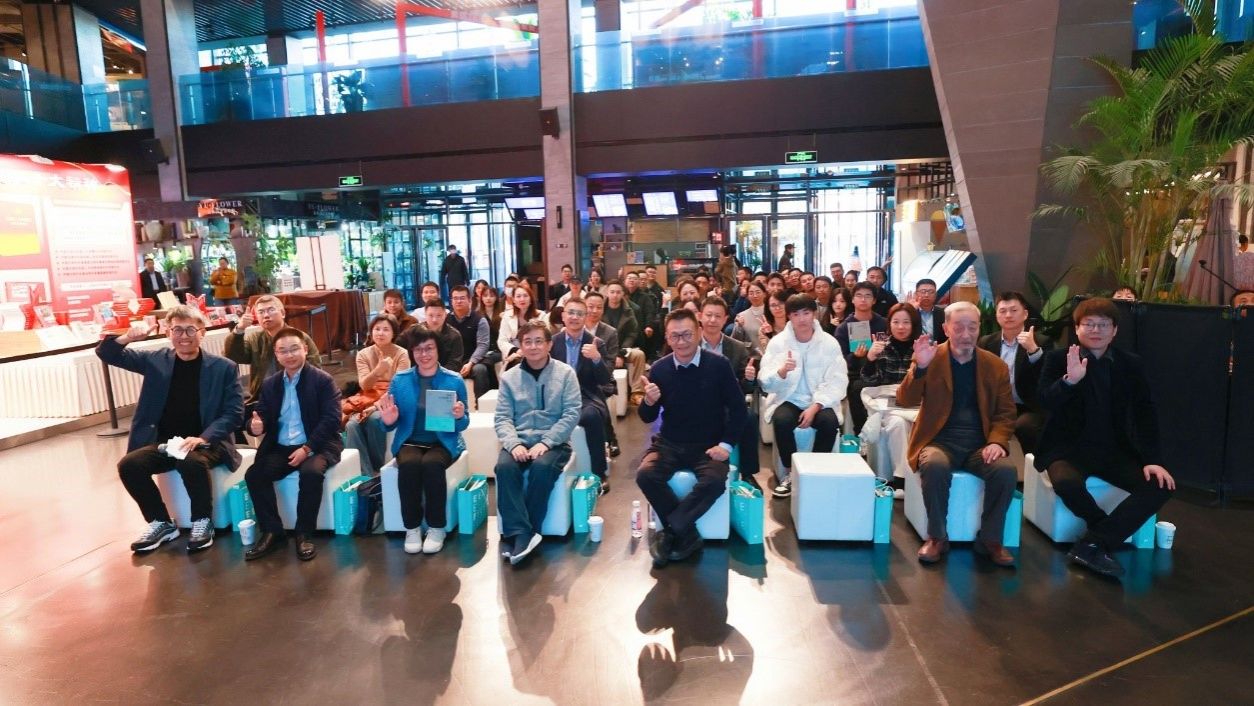
I still remember this conversation vividly because Chen Yang has a vision for the future of the School of Humanities and Education. What drives society is, in fact, imagination. Chen Yang turned down the immediate comfort, willing to wait. Even though she was unsure when funds would become available to renovate the building, her determination to wait was firm. When the time came to renovate the North E Building, my ideas collided with Chen Yang's ambitious pursuits, her appreciation for art, and her profound understanding of education, giving birth to the new School of Humanities and Education.
Therefore, we should have imagination for the future, be patient, restrained, and confident in producing the best work. Of course, Xi'an Eurasia University has even more grand ideas for the future. These may or may not be achievable, but when it comes down to the essence, our contribution to the surrounding areas is something within our reach. We can fully leverage Xi'an Eurasia University's strengths, creating value for the local businesses and regional development of Xi'an and continuously bringing beauty to the people around us. This, certainly, we are capable of doing, and it is where my long-term confidence in the future lies.
Foster Your Unique Gifts and Talents
is now officially available for purchase on Dangdangcom, Book.jd.com,
Xi'an Eurasia University's cultural and creative BOOKSTORE,
The WeChat mini program "Xi'an Eurasia University"
and other online and offline platforms!
(Contribution by the Brand Communication Department)





